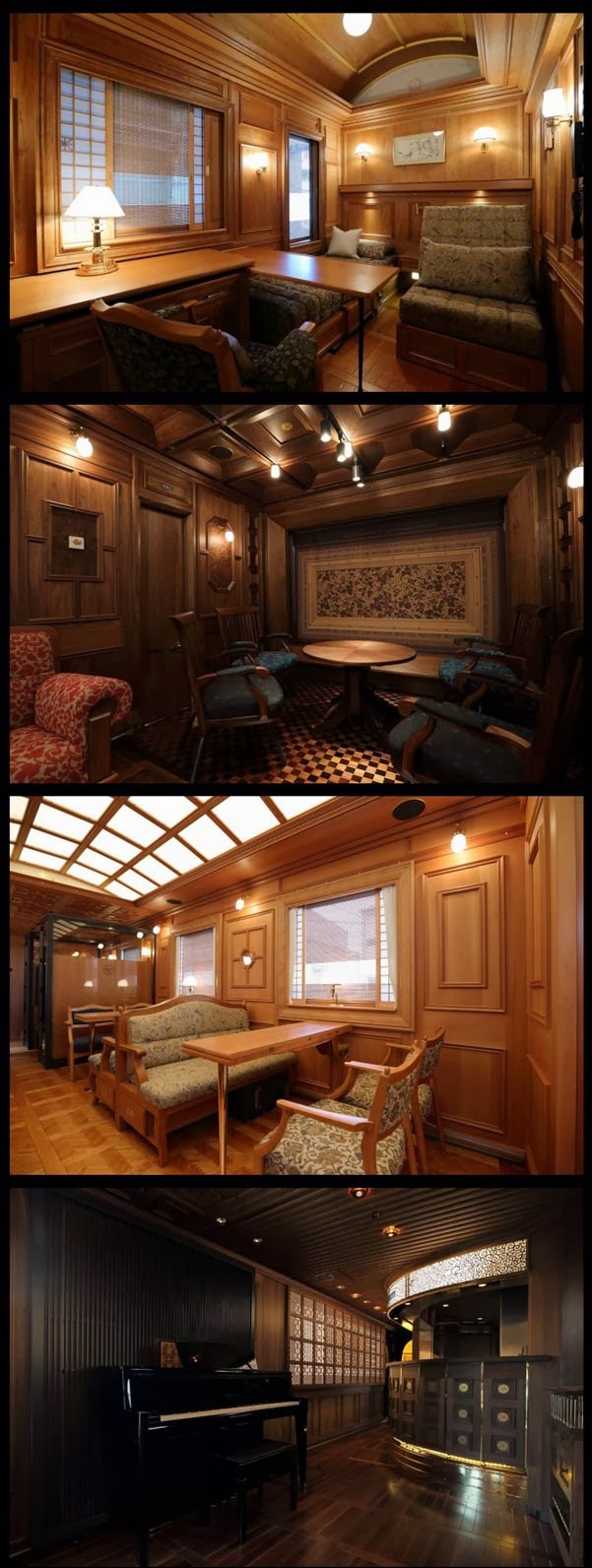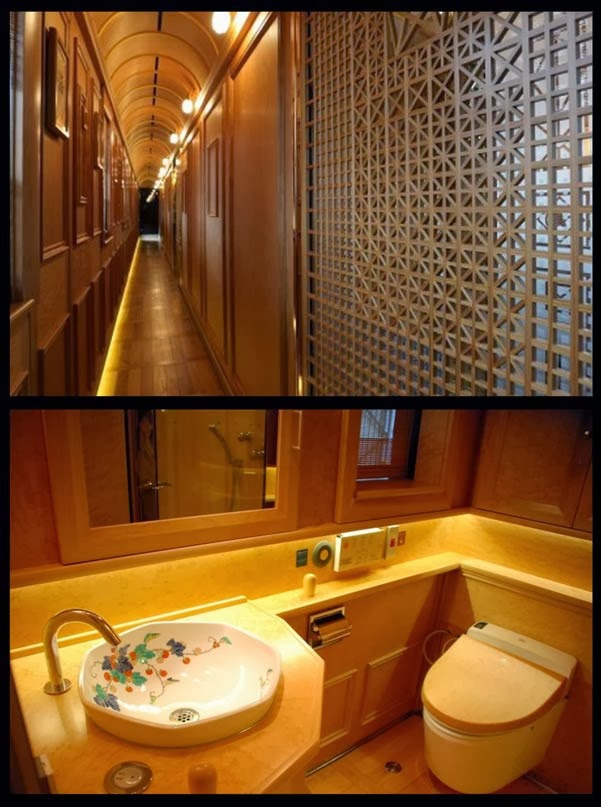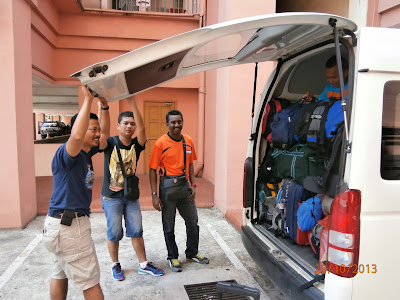Gunung Kinabalu, Sabah mempunyai pelbagai lagenda dan mitos. Cabaran dan halangan terpaksa ditempuhi oleh peserta untuk menakluk puncak gunung tertinggi di Asia Tenggara ini. 10 orang peserta dari Ibu Pejabat AADK (7 lelaki dan 3 wanita) ini sebenarnya telah dilatih dan dibentuk untuk mendaki gunung dalam apa jua keadaan sekali pun.
Terasa satu kebanggan melihat
kegigihan, kecekalan, ketabahan, semangat berpasukan yang tinggi semua peserta
sehingga berjaya menakluk puncak Kinabalu . Ini kerana pendaki terpaksa
menempuh pelbagai cabaran dan halangan untuk sampai ke puncak. Pendakian sejauh
18 km pergi dan balik yang mengambil masa lebih kurang 22 jam untuk menawan
puncak Gunung Kinabalu telah berjaya ditempuh oleh peserta. Sesungguhnya kekuatan
mental dan ketahanan fizikal pendaki telah berjaya mencapai misi iaitu untuk
mengharumkan nama AADK di puncak Gunung Kinabalu.
Ucapan terima kasih Kepada semua pegawai dan kakitangan Ibu Pejabat AADK dan seluruh warga kerja AADK di seluruh negara yang mendoakan kejayaan ini. Akhirnya nama AADK tercacat megah di puncak Kinabalu.
Slide Program Pendakian Gunung Kinabalu, Sabah
1. Nik Azman Bin Abdullah, Cawangan KV
Penyelaras Program, 2 kali mendaki Gunung Kinabalu, Sabah
2. Saiful Onni Bin Abd. Rahim, Cawangan Pembangunan, Ketua Pasukan Pendakian, 10 puncak gunung berjaya ditawan anjuran Unit Kembara Alam AADK
3. Abdul Najib Bin Abdul Rahman, Pejabat PUU, Semangat berpasukan tinggi,
10 puncak gunung berjaya ditawan anjuran Unit Kembara Alam AADK
4. Muhammad Saifullah Bin Mohammad Sabri, Cawangan Keselamatan, Ambil berat ahli pasukan, 10 puncak gunung berjaya ditawan anjuran Unit Kembara Alam AADK
5. Ermeey Faizal Bin Rohani, Cawangan HRMIS, Komitmen tinggi dalam pendakian
8 puncak gunung berjaya ditawan anjuran Unit Kembara Alam AADK
6. Ramesan A/l Kasinathan, Cawangan Pentadbiran, cekal dan tabah dalam pendakian, 8 puncak gunung berjaya ditawan anjuran Unit Kembara Alam AADK
7. Khairul Hilme Bin Haron, Cawangan Pentadbiran, Pendakian perlahan yang cermat
7 puncak gunung berjaya ditawan anjuran Unit Kembara Alam AADK
8. Siti Salisa Binti Musa, Cawangan Penyelidikan, Laju dan pantas dalam pendakian,
10 puncak gunung berjaya ditawan anjuran Unit Kembara Alam AADK
9. Nur Isharra Binti Abdullah, Cawangan Kewangan, tidak cepat putus asa dalam pendakian, 4 puncak gunung berjaya ditawan anjuran Unit Kembara Alam AADK
10. Ivy Allycia Anak Michael, Cawangan Pentadbiran - unit fail, sabar dan gigih dalam pendakian, 4 puncak gunung berjaya ditawan anjuran Unit Kembara Alam AADK
Tahniah kepada semua, kerana anda telah mencatat sejarah menjadi salah seorang yang berjaya mengharumkan nama AADK di puncak gunung Kinabalu, gunung tertinggi di Asia Tenggara. Hanya orang yang mendaki gunung ini sahaja tahu betapa peritnya cabaran dan halangan yang terpaksa ditempuh untuk menakluk puncak gunung ini.....SYABAS SEMUA......
Tidak dilupakan juga kepada Pengarah AADK Negeri Sabah serta seluruh pegawai dan kakitangan AADK Sabah yang telah memberi sepenuh kerjasama dan layanan yang begitu baik dan mesra sepanjang program ini berlangsung, terima kasih banyak-banyak.

















































































































